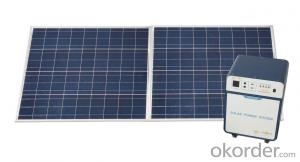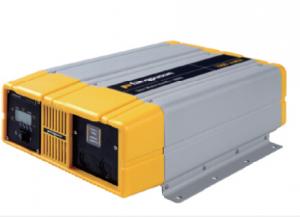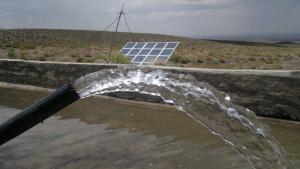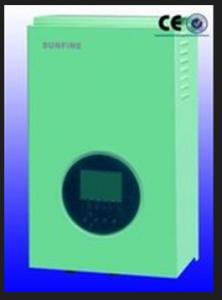Delta Off Grid Solar Inverter
Delta Off Grid Solar Inverter Related Searches
Led Light Bulbs For Ceiling Fixtures Led Lamps For Ceiling 42 In Ceiling Fan With Light Parts For Light Fixtures Light Projector For Christmas Grill With Led Light Bar Hanging Lights For Kitchen Bar Ceiling Lights For Sitting Room Ceiling Brackets For Lights Ceiling With Led LightsHot Searches
Aluminium Wire Mesh Manufacturers India Ceiling Fan Lowest Price Aluminium Scaffold Planks Sale Aluminium Walkway Mesh Prices Aluminum Bar Stock For Sale High Mast Light Price List Solar High Mast Light Specification High Mast Light Specification 6061 Aluminum Bar Stock Price Aluminum Bar Stock Price Stage Light Price Solar Inverter Fault Light Led Light Manufacturers Aluminum Round Bar Stock Sizes Aluminum Round Bar Stock Near Me Ceiling Fan Lowest Price Aluminum Flat Bar Stock Near Me Aluminum Bar Stock Sizes Aluminum Bar Stock Suppliers Aluminum Bar Stock Near MeDelta Off Grid Solar Inverter Supplier & Manufacturer from China
Okorder.com is a professional Delta Off Grid Solar Inverter supplier & manufacturer, offers integrated one-stop services including real-time quoting and online cargo tracking. We are funded by CNBM Group, a Fortune 500 enterprise and the largest Delta Off Grid Solar Inverter firm in China.Hot Products
FAQ
- A solar inverter handles variations in grid voltage by continuously monitoring the grid voltage and adjusting its own output voltage accordingly. It uses advanced control algorithms to maintain a stable and consistent output voltage despite fluctuations in the grid voltage. This ensures that the solar power generated is synchronized with the grid and can be seamlessly fed into the electrical system.
- Yes, a solar inverter can be used with energy storage systems. In fact, it is a crucial component in connecting solar panels with energy storage batteries. The solar inverter converts the direct current (DC) electricity generated by the solar panels into alternating current (AC) electricity, which can be used to power appliances and charge the energy storage system. Additionally, the inverter also manages the flow of electricity between the solar panels, energy storage system, and the grid, ensuring efficient and reliable power supply.
- Yes, a solar inverter can be used in a commercial or industrial setting. In fact, they are commonly used in these settings to convert the direct current (DC) electricity generated by solar panels into alternating current (AC) electricity that is suitable for use in commercial or industrial buildings. Solar inverters are designed to handle larger electricity loads and are capable of efficiently powering various electrical equipment and machinery in such settings.
- A solar inverter converts the direct current (DC) generated by solar panels into alternating current (AC) that can be used to power electrical appliances in a property. By efficiently converting DC to AC, a solar inverter enables the property to utilize the renewable energy generated by the solar panels. This reduces the reliance on grid electricity, thereby decreasing the overall energy consumption of the property and leading to potential cost savings on electricity bills.
- The role of maximum power control in a solar inverter is to optimize the performance and efficiency of the solar PV system. It ensures that the solar panels are operating at their maximum power point, allowing them to generate the highest possible amount of electricity from the available sunlight. This control mechanism adjusts the voltage and current levels to match the load requirements, enabling the inverter to deliver the maximum power output to the grid or connected devices. By actively managing and regulating the power flow, maximum power control helps to maximize the overall energy production and utilization of the solar installation.
- The role of a power control unit in a solar inverter is to regulate and control the flow of electricity from the solar panels to the electrical grid or to the connected load. It ensures efficient power conversion by managing voltage, current, and frequency, and provides protection against overvoltage, under voltage, and short circuits. Additionally, the power control unit may also include features like maximum power point tracking (MPPT) to optimize the energy output from the solar panels.
- The role of anti-islanding protection in a solar inverter is to ensure the safety of utility workers and prevent damage to the electrical grid in the event of a power outage. It detects when the grid goes down and immediately shuts off the solar inverter, preventing it from continuing to generate electricity and potentially sending power back into the grid. This feature is essential to avoid the risk of electricity flowing into the grid, which could pose a danger to technicians working on power lines and disrupt the stability of the electrical system.
- Yes, a solar inverter typically requires additional cooling or ventilation to maintain its optimal operating temperature and prevent overheating. This is because solar inverters convert DC power from solar panels into AC power, a process that generates heat. Adequate cooling or ventilation systems help dissipate this heat and ensure the inverter operates efficiently and reliably.












































